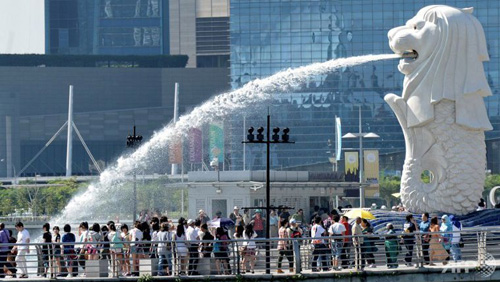At first glance, Singapore’s casino industry would have benefited from the influx of international tourists which grew 7.7 percent in 2016.
But the number of tourists who flew to Singapore to gamble dropped even at the start of 2016 if Singapore’s tourism receipts from “sightseeing, entertainment and gaming” are the basis, according to GGRAsia.
 The report pointed out that the number of gamblers who flocked to Singapore fell 16 percent year-on-year in the first three quarters during 2016 despite the number of international tourists reaching a record 16.4-million in full-year 2016.
The report pointed out that the number of gamblers who flocked to Singapore fell 16 percent year-on-year in the first three quarters during 2016 despite the number of international tourists reaching a record 16.4-million in full-year 2016.
Preliminary estimates from the Singapore Tourism Board further showed that overall 2016 tourism receipts jumped by 13.9 percent, to SGD24.8 billion (US$17.5 billion) on the back of visitors spending more on food and beverages, shopping and accommodation.
While there’s no observable correlations between overall numbers of tourists and the casino gross gaming revenue performance of the casinos, Singapore recognizes the power of the two major casino resorts to draw more people to the city state.
The agency was referring to Marina Bay Sands, promoted by Las Vegas Sands Corp, and Resorts World Sentosa, promoted by Genting Singapore Plc.
In the nine months to September 30, the tourism board pointed out that tourism receipts from sightseeing, entertainment and gaming were at nearly SGD3.29 billion ($2.32 billion) in aggregate terms.
The city-state did not give a breakdown for the contribution of those various activities in that headline number, but the tourism board noted the year-on-year decline in that tally was affected by “lower gaming revenue reported by integrated resorts.”
One encouraging fact is that the number of Chinese visitors is recovering. Records showed that mainland Chinese tourism arrivals in 2016 climbed by 36 percent year-on-year to 2.86 million.
The number of tourists from Hong Kong, on the other hand, dropped by 12 percent due to the Special Administrative Region’s weaker economic performance.